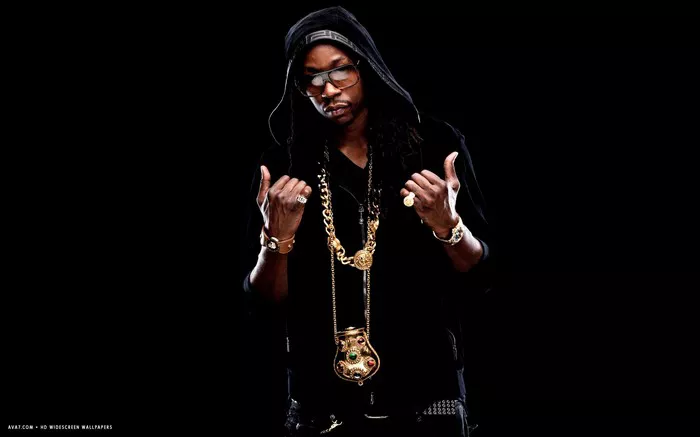Rap music, a genre born out of the African American community in the late 1970s, has grown to become one of the most popular and influential forms of music in the world. Its rise to prominence has been marked by an incredible expansion in both its fanbase and its cultural impact. In this article, we will explore the reasons behind rap music’s widespread popularity, the factors that have contributed to its rise as a popular art form, its ability to resonate with a diverse audience, and the unique qualities that make rap music so appealing to listeners.
I. The Widespread Popularity of Rap Music
Rap music’s popularity can be attributed to several key factors. First and foremost, its raw and authentic nature has resonated with listeners who appreciate the genre’s ability to express personal experiences, emotions, and social commentary. The honest and often gritty lyrics of rap songs provide a platform for artists to convey their thoughts on a wide range of topics, including social issues, politics, and personal struggles.
Moreover, rap music’s popularity can also be attributed to its infectious beats and catchy hooks. The genre often incorporates elements of other musical styles, such as R&B, funk, rock, and electronic music, creating a unique sound that appeals to a wide audience. The combination of powerful lyrics and compelling music makes rap music both engaging and entertaining.
II. Factors Contributing to the Rise of Rap Music
Several factors have contributed to the rise of rap music as a popular art form. One of the most significant factors is the accessibility of technology. The advent of affordable music production equipment, such as samplers and drum machines, allowed aspiring artists to create their own beats and record their music without the need for expensive studio sessions. This democratization of music production opened doors for talented individuals who may have otherwise been unable to pursue their musical aspirations.
Additionally, the rise of the internet and social media platforms played a crucial role in the popularity of rap music. Artists were able to independently distribute their music online, reaching a global audience without the need for traditional record labels. Platforms like SoundCloud and YouTube provided a space for emerging artists to share their work and gain recognition, often bypassing the traditional gatekeepers of the music industry. This newfound accessibility allowed for a diverse range of voices and perspectives to be heard, contributing to the genre’s popularity.
III. Rap Music’s Resonance with a Diverse Audience
One of the remarkable aspects of rap music is its ability to resonate with a diverse audience. Despite its origins in African American communities, rap music has transcended racial and cultural boundaries to become a global phenomenon. Its universal appeal can be attributed to its ability to capture the essence of the human experience.
Rap music often addresses themes of struggle, resilience, and the pursuit of dreams, which are relatable to people from all walks of life. By expressing the realities of their lives, rap artists create a sense of empathy and understanding among listeners, regardless of their background. The genre’s ability to connect with audiences on an emotional level has been a driving force behind its widespread popularity.
IV. Unique Qualities and Appeal of Rap Music
Rap music possesses several unique qualities that contribute to its appeal. One of the most distinctive features of rap is its lyrical complexity. Rap artists often employ intricate wordplay, clever metaphors, and rapid-fire delivery, showcasing their skill and creativity as wordsmiths. The technical prowess displayed in rap lyrics can be intellectually stimulating for listeners, providing a rich and engaging experience.
Furthermore, rap music serves as a powerful medium for social and political commentary. Many rap songs address systemic issues such as racism, inequality, and poverty, shedding light on marginalized communities’ experiences. This socially conscious aspect of rap has been instrumental in fostering conversations and raising awareness about important societal issues.
Another aspect that makes rap music appealing is its ability to innovate and evolve. The genre has continually pushed boundaries and embraced new sounds, styles, and production techniques. This adaptability has allowed rap music to remain relevant and exciting, attracting new listeners while retaining a loyal fanbase.
Conclusion
Rap music’s widespread popularity can be attributed to its raw authenticity, infectious beats, and powerful lyrics. Factors such as technological advancements, the internet, and social media have contributed to the rise of rap music as a popular art form. The genre’s ability to resonate with a diverse audience is rooted in its relatability and emotional connection. The unique qualities of rap, including its lyrical complexity, social commentary, and capacity for innovation, make it an appealing and influential form of music. As rap music continues to evolve and captivate listeners worldwide, its impact on popular culture and society at large is likely to endure.

